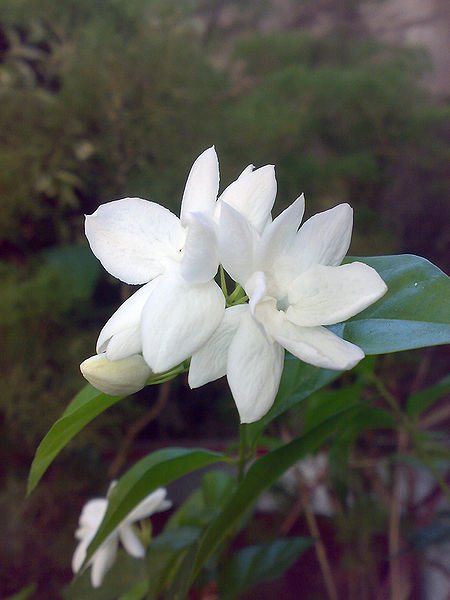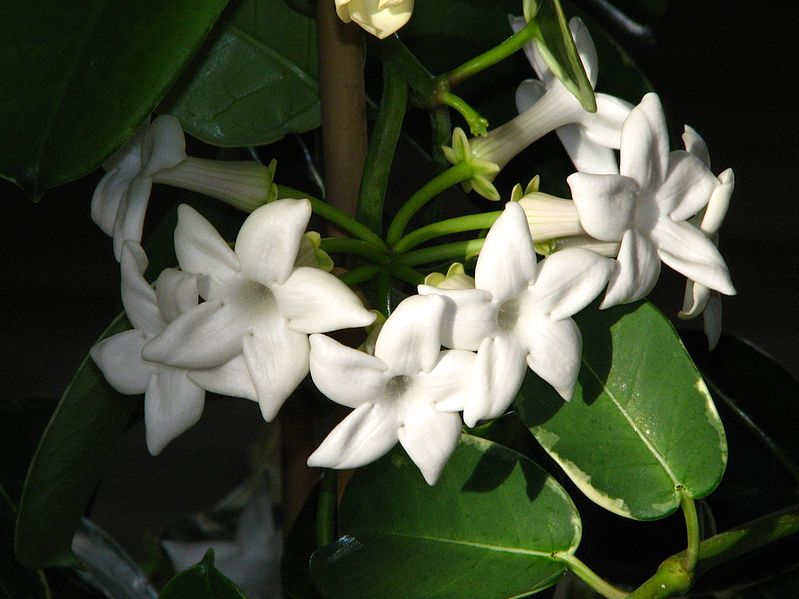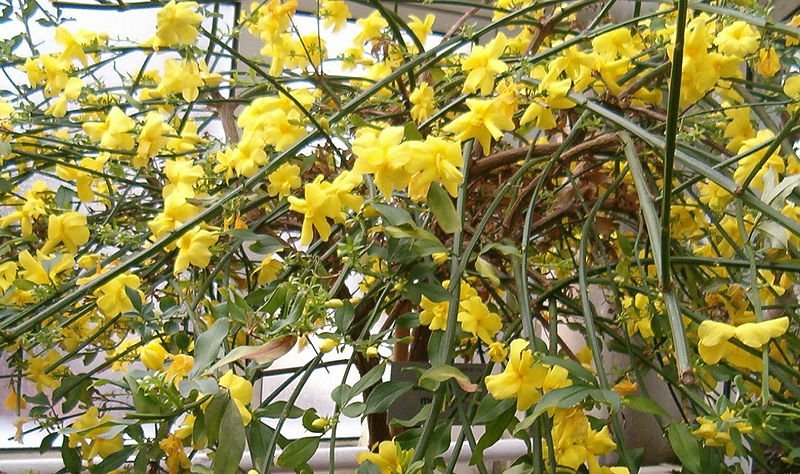Among the most common park plants in central Russia is a shrub with fragrant white flowers, which many people habitually call jasmine. We decided to check whether it is correct to call it that.
Perhaps people are misled by the similar strong sweet aroma and characteristic white flowers, united in inflorescences. At the same time, people are interested in such a question as gardeners, as well as ordinary users Internet. And very experienced lovers of indoor and garden plants can remember such varieties as Madagascar and Japanese, and also remember sambac jasmine.
Using the knowledge of a basic school biology course, we can understand that all these flowers must belong to the plant kingdom, the flowering department and the dicotyledonous class. But then it’s easy to get confused. After the class there are two more clarifying divisions: into orders and into families. It turns out that the closest relatives of the original jasmine are lilac, olive and ash. Real jasmine applies belongs to the olive family, indeed has a characteristic strong sweet smell, white or yellow flowers, but is not found in central Russia. Basic places Its habitat is subtropical and tropical regions. In particular, in South and Southeast Asia, jasmine flowers are used as decoration, and in Indonesia, it is an indispensable attribute of the bride's attire at traditional wedding ceremonies. In Asian culture, it is actively used as a flavorful additive to tea.

One of the subspecies of true jasmine is jasmine sambac, or Arabian jasmine. This variety also causes a lot of confusion. It has no relation to Arab countries; its homeland is the eastern Himalayas: Bhutan, Pakistan and India, where the climate is milder than in the Middle East. Both species are evergreen; there are both climbing and shrubby varieties. None of them are able to withstand wintering in the open ground in our area.

June's World, CC BY 2.0, via Wikimedia Commons
More frost-resistant and, accordingly, widespread in temperate climates is a shrub very similar to jasmine - mock orange from the hydrangea family. The international name of the plant is Philadelphia, meaning “loving brother” and symbolizing its closely intertwined branches. Russian name happened due to the fact that the hollow stems of the plant were used as a shank - part of a smoking pipe. Also, musical instruments were made from old stems - pipes and even flutes. Like jasmine, mock orange is not only used as an ornamental plant, but is used in both perfume and food traditions. Mock orange essential oil is labeled as “garden jasmine oil,” perhaps to preserve the association with a familiar aroma. And on food supplements made from dried mock orange it is usually indicated correctly.

Nickolas Titkov from Moscow, Russian Federation, CC BY-SA 2.0, via Wikimedia Commons
They are almost never found in open ground in our climate, but two more plants called jasmine are popular on windowsills: Madagascar and Japanese. Madagascar, aka stephanotis, is an evergreen liana from the genus Lastovnevye. Stephanotis has leathery dark green leaves and star-shaped white flowers collected in inflorescences. It has nothing to do with the original jasmine from the olive family and is related only by class.

Kor!An (Andrey Korzun), CC BY-SA 3.0, via Wikimedia Commons
But Japanese jasmine, also called mesni jasmine, has directly related to real jasmine, but, however, has nothing to do with Japan. It is an evergreen bush with small inflorescences of bright yellow flowers with a sweet, specific smell. In Russia it is possible meet in the Sochi region. The plant is really included in the jasmine genus and the olive family, however is happening from Western China, and not at all from Japan.

User:BotBln, CC BY-SA 3.0, via Wikimedia Commons
Thus, it is unlikely that you will find real jasmine in the park areas of central Russia. Another plant grows there - mock orange. But on window sills and in greenhouses you can see representatives of this genus: white jasmine, jasmine sambac or Japanese jasmine originating from China. However, it is important not to confuse it with another ornamental liana - Madagascar jasmine, or stephanotis, from the family of swallowtails.

Is it true
Read on the topic:
If you find a spelling or grammatical error, please let us know by highlighting the error text and clicking Ctrl+Enter.






